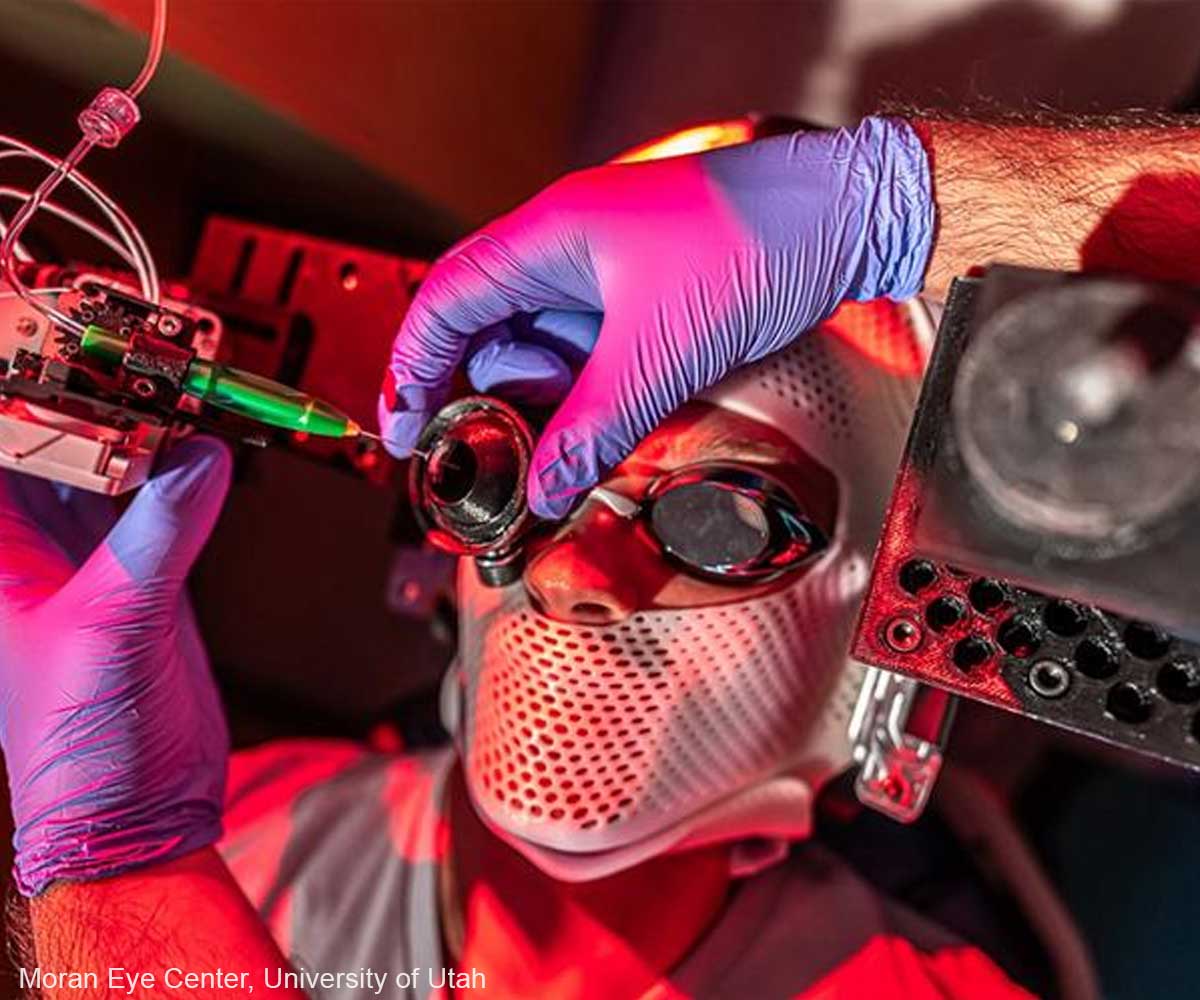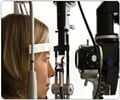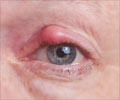New head-mounted robotic device is transforming retinal surgery by offering 'superhuman' precision to tackle one of the most delicate parts of the human body.

‘Newly developed robotic surgery device offers 'superhuman' precision, aiming to improve retinal surgeries and support advanced treatments, such as gene therapy for inherited retinal diseases. #roboticsurgery #retinalsurgery #genetherapy #medindia’





Advertisement
Retinal Surgery: Where Every Movement Matters
Even when highly trained surgeons operate on the retina, one of the smallest and most delicate parts of the body, the risks remain significant. They must carefully manage factors like the patient’s breathing, snoring, and eye movements, as well as their own hand tremors, while working on a layer of cells less than a millimeter thick.Advertisement
Robotic Innovations for Retinal Surgery
That’s why researchers at the University of Utah’s John A. Moran Eye Center and the John and Marcia Price College of Engineering have collaborated to create a new robotic surgery device that aims to give surgeons “superhuman” hands.The robot itself is extremely precise, executing movements as small as one micrometer (smaller than a single human cell). It is mounted directly to the patient’s head using a helmet, such that subtle (and sometimes not so subtle) movements of the patient’s head are compensated for, keeping the eye quite still from the perspective of the robot. The robot also scales down the surgeon’s movements, measured using a handheld robotic device known as a haptic interface, to the much smaller surgical site within the eye, compensating for hand tremors along the way.
While still in the testing stages, the device aims to improve outcomes for patients and support cutting-edge procedures, including the delivery of gene therapies for inherited retinal diseases.
The researchers successfully tested the robot using enucleated pig eyes, publishing their results this week in the journal Science Robotics. The study was led by Jake Abbott, a professor in the U’s Department of Mechanical Engineering, and Moran Eye Center retinal specialist Paul S. Bernstein (1✔ ✔Trusted Source
Associations Between Polyphenol Intake, Cardiometabolic Risk Factors and Metabolic Syndrome in the Brazilian Longitudinal Study of Adult Health (ELSA-Brasil)
Go to source).
Gene Therapy for Retinal Health
The retina is home to the light-sensitive rod and cone cells that form the basis of vision. Several inherited disorders cause those cells to form incorrectly, leading to vision impairments of varying severity, but new gene therapy techniques could reverse those conditions.“Treatments for vision disorders are rapidly advancing,” Abbott said. “We need to give surgeons better ability to keep up with them.”
The first gene therapy approved by the U.S. Food and Drug Administration for an inherited retinal disease, for example, requires an injection into the space between the retina and another layer of cells known as the retinal pigment epithelium. In addition to the complications presented by eye movement and hand tremors, this subretinal target is vanishingly small; the surgeon must introduce the drug between two submillimeter-thin cell layers.
Because the device is not yet approved to operate on human subjects, testing required a human volunteer fitted with special goggles that allowed an animal eye to be mounted just in front of their natural eye. This allowed the researchers to test the robot’s ability to compensate for head motion and correct for hand tremors, all while operating on animal tissue, at no risk to the volunteer.
Sight-Saving Innovation: The Promise of Retinal Surgery Robots
In the experiments described in the study, the surgeons achieved higher success rates while using the surgical robot device to perform subretinal injections while also avoiding ophthalmic complications.These results demonstrate the robot has the potential to improve patient care, according to co-author Eileen Hwang, a Moran Eye Center retinal surgeon.
“The unique feature of this robot, head mounting, may make it possible for patients to have subretinal injections under intravenous (IV) sedation, rather than general anesthesia,” Hwang said. “IV sedation allows for faster recovery and is safer in some patients. Robots may also allow for more precise delivery of gene therapy medication compared to manual injections for more reproducible, safer treatments.”
As the robot makes its way from the lab to the operating room, its journey will be bolstered by the kind of interdisciplinary collaborations that first brought it to life.
“These collaborations are just wonderful at the University of Utah,” Bernstein said. “When I have ideas, the engineers, the chemists, the physics, are just a few blocks away.”
Reference:
- Associations Between Polyphenol Intake, Cardiometabolic Risk Factors and Metabolic Syndrome in the Brazilian Longitudinal Study of Adult Health (ELSA-Brasil) - (https://www.sciencedirect.com/science/article/abs/pii/S0022316624011854)
Source-Eurekalert














